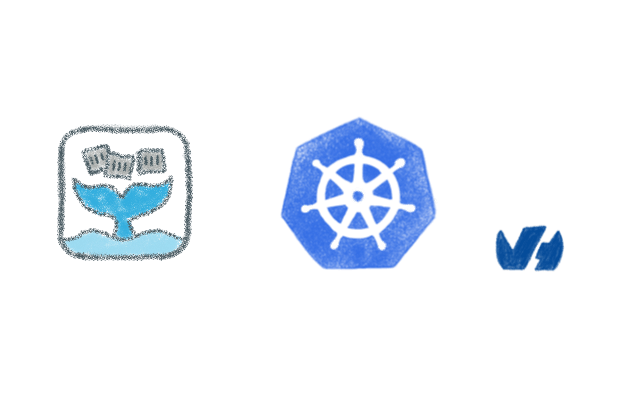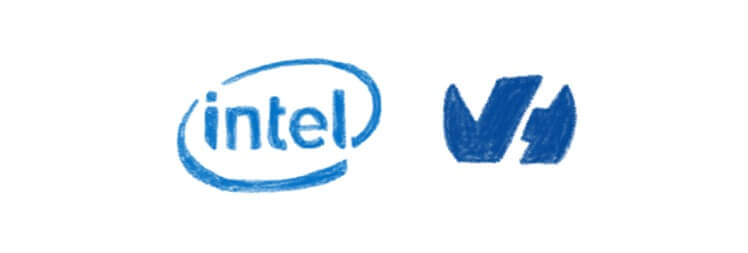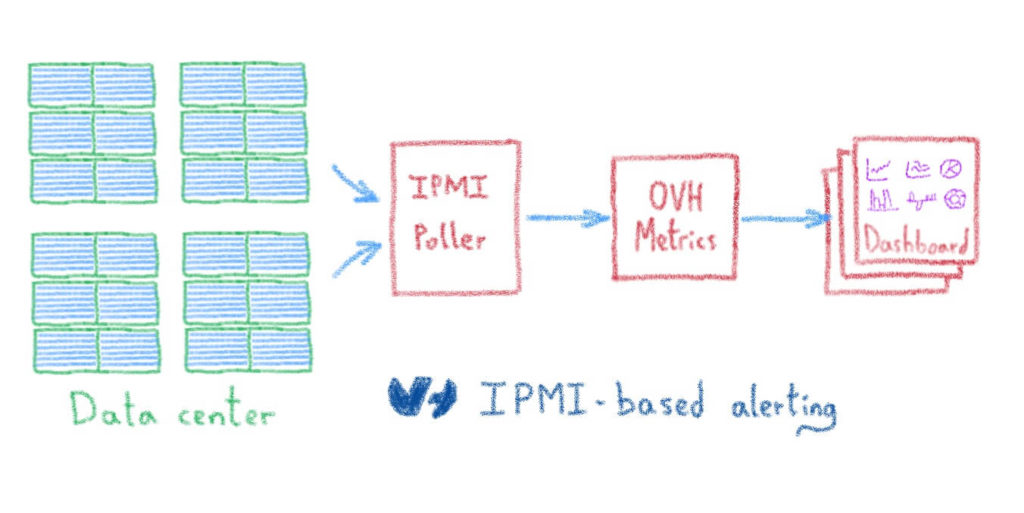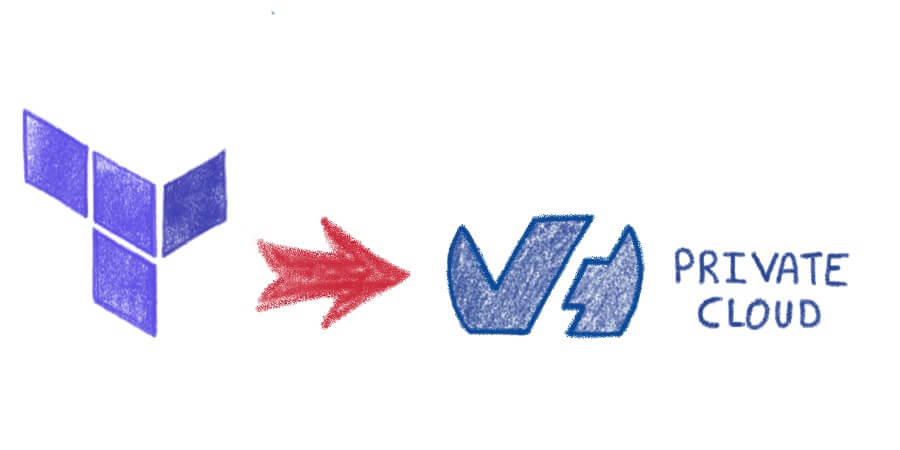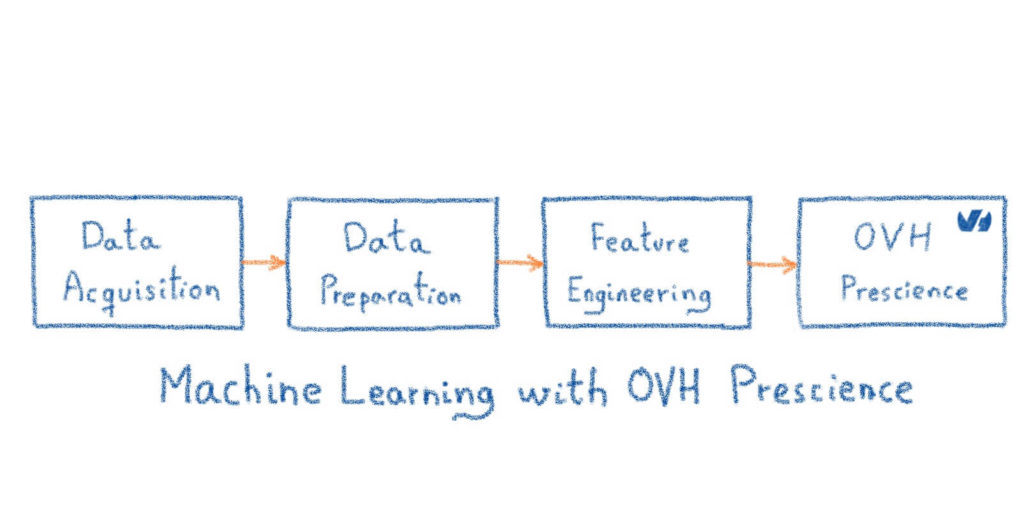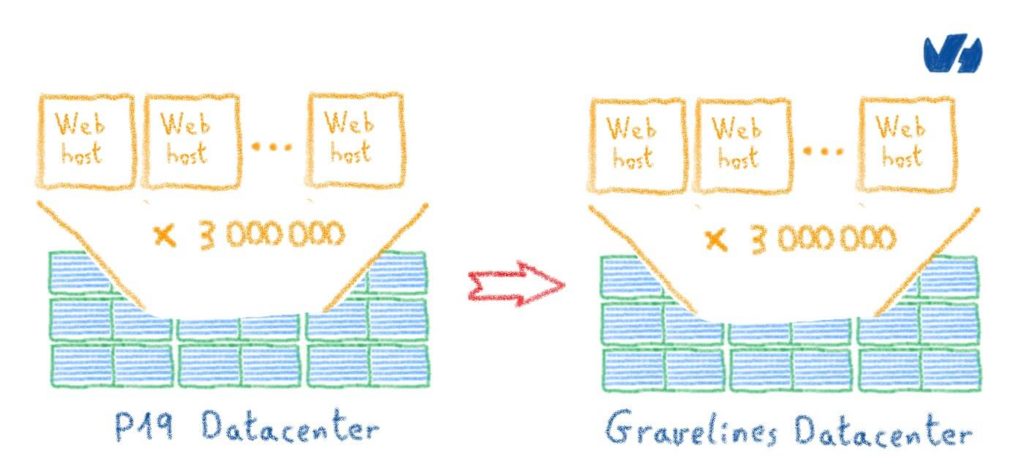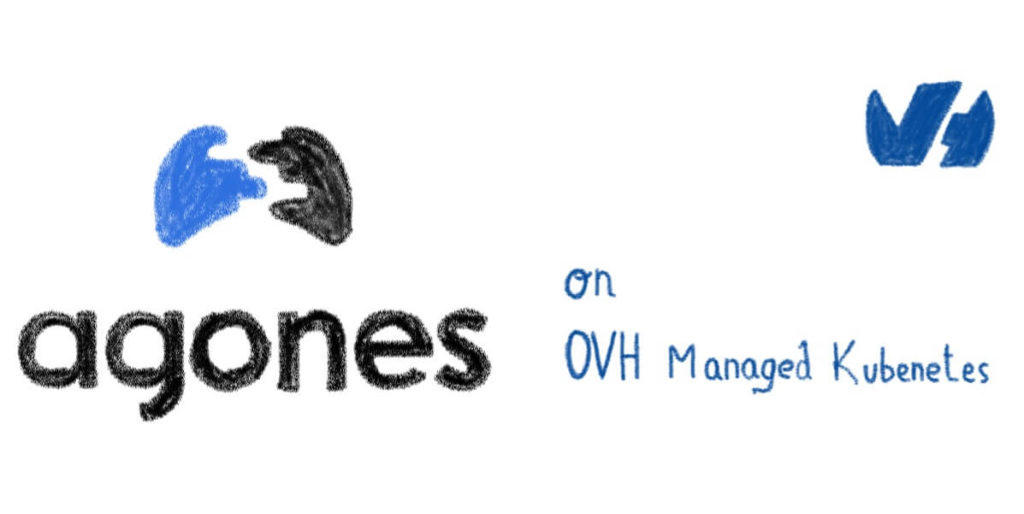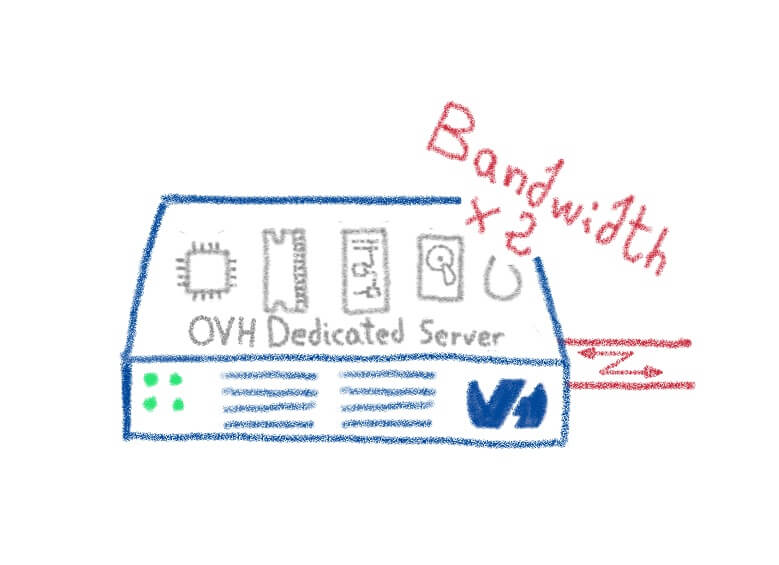Deploying a FaaS platform on OVH Managed Kubernetes using OpenFaaS
Several weeks ago, I was taking part in a meetup about Kubernetes, when one of the attendees made a remark that resonated deeply with me… Hey, Horacio, that Kubernetes thing is rather cool, but what I would have loved to see is a Functions-as-a-Service platform. Most of my apps could be easily done with a […]
Deploying a FaaS platform on OVH Managed Kubernetes using OpenFaaS Read More »

